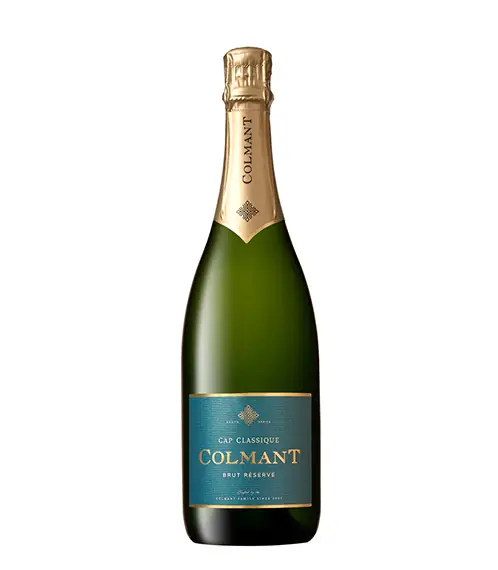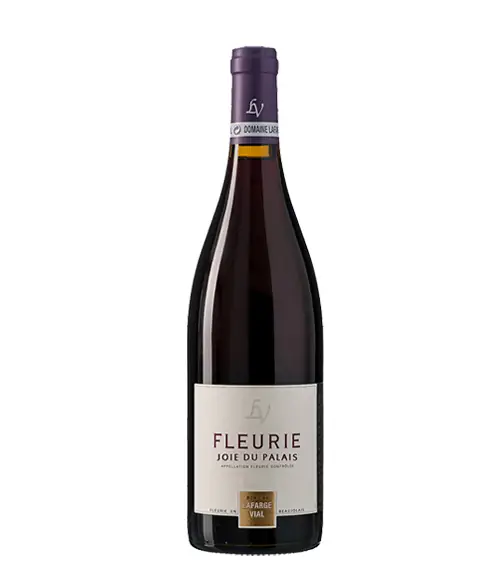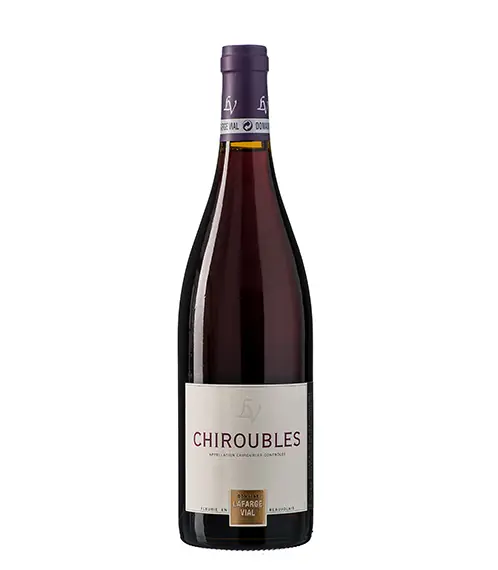The 2016 Burgundy vintage will probably be remembered for its dreadful April 2016 frost which desimated so many vineyards; affecting the volume of wine produced for quite a few producers, especially in Chambertin, Chambolle-Musigny and Nuit-Saint-Georges.Luckily this hasn’t affected the quality of both red and white Burgundy – both real keepers, writes Simon Crawley, Great Domaines’ account manager.
2016 White Wine Overview
If the 2015 vintage for white Burgundy is remembered for the sun, heat and rain then 2016 is to forever resurface memories of what the frost did. But, even in the midst of less wine having been produced and for those vineyards which were fortunate enough to escape the damage, the resultant wines reflect their sense of place over that of the vintage they materialised in. It is for this reason that Burgundy buyer traditionalists or purists thus may well prefer 2016 to 2015.
The damage caused by the frost was erratic with no way of predicting a trend or piecing together a pattern. Many vineyards revealed a combination of first- and second-generation fruit, which caused growers a headache over deciding when to pick.
Flowering in 2016 was very late, so the period leading up to the harvest was in mid-September (as opposed to late August in vintages like 2017 and 2015) when days are getting shorter, resulting in grapes in many vineyards struggling to fully ripen.
The summer turning consistently warm was a saving grace and, in the end, grape sugars in 2016 were roughly average by recent standards – in most cases between the high 11s and 13% – and somewhat lower than the 2015s. Acidity levels in the whites were generally good, if picking times were accurate and if the fruit contained a sizable percentage of second-generation grapes.
Yields varied drastically from vineyard to vineyard and even within vineyards. Levels of ripeness and balance are also important variables to consider in 2016 but, many growers managed to pick second-generation grapes late enough to curb the effect of varying ripeness. The best 2016 white Burgundies are vibrant, precise and show great structure. The problem is that there aren’t enough of these wines due to the smaller crop.
There was very little in the way of rot in 2016, so the ageing potential of the white wines should not be a concern. In contrast to the more opulent 2015 whites which will be drinking much earlier, the more classic 2016s are more transparent to terroir and will cellar beautifully.
Colmant Cap Classique Brut Réserve Non -Vintage
Lafarge-Vial Fleurie La Joie du Palais 2018
Domaine Lafarge-Vial Fleurie “Clos Vernay” 2018
Domaine Lafarge-Vial Chiroubles 2018
2016 Red Wine Overview
Owing to the fact that 2016 yielded a smaller crop, many growers ended up vinifying in smaller tanks, destemmed more than they normally would for fear of any underripe stems and many also focussed on very gentle extractions so as to avoid any influence of bitter tannins. In some instances, several growers would also have reduced the amount of new oak used during maturation to also avoid pronounced tannins, but overall there would have been a cut back on new barrel orders due to the reduced crop.
The important thing to take away from the outset is that the frost that was experienced, while it does mean there is less wine overall, it doesn’t mean that the wines are adversely effected. Pinot Noir, as sensitive as the grape is, has a greater capacity to mask the extremities of a given growing season than Chardonnay where, in small yields, can often display some signs of imbalance.
The better red Burgundies in 2016 possess relatively full phenolic ripeness and moderate levels of sugar, displaying wonderful balance between fruit, lively acidity and ripe tannins. To this extent, the 2016 vintage for red Burgundy is being labelled as a classic one: the complexity of ripe red berry fruit (as opposed to darker fruit) in tune with fresh acidity and ripe tannin.














